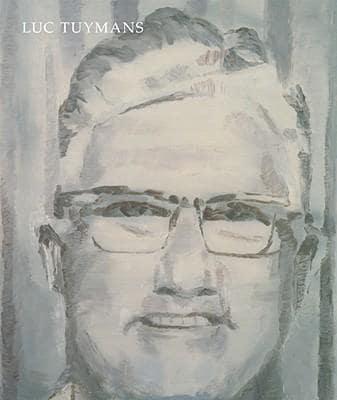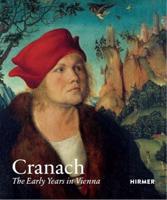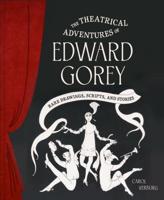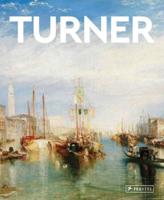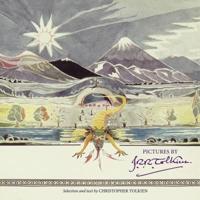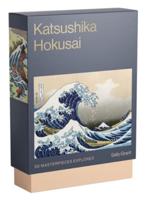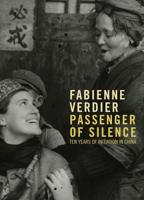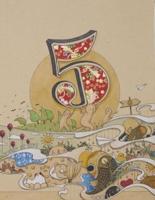Publisher's Synopsis
Luc Tuymans is one of todays most widely admired painters, an heir to the great tradition of Northern European painting and an enduring influence on younger and emerging artists. As a European child of the 1950s, his relationship to painting is inevitably structured by television, cinema and by the lingering effects ofWorldWar II; more recent historical preoccupations have included the dramatic turn of world events post-9/11. Tuymans combines a muted palette with deteriorated surface effect and a singular use of cropping, close-up and sequencing perfect devices with which to undertake his investigation of the pathological, the banal and the conspiratorial. Published in conjunction with the artists first full-scale American survey, this is without question the authoritative publication on Tuymans. It features approximately 80 key works from 1985 to the present, and is accompanied by essays analysing the painters main concerns, with particular attention paid to his working process and his adaptation of source materials. Exhibition co-curator Madeleine Grynsztejn shows that although Tuymans remains loyal to painting as a medium, his tendency to work in suites, and at an increasing scale, also relates his work to current installation and site-specific art. Co-curator Helen Molesworth examines themes of sinister banality, Joseph Leo Koerner writes on iconophobia and iconophilia, Ian Buruma addresses political aspects of Tuymanss work and his relationship to photography, and Bill Horrigan examines cinematic sources. This book is not only the most comprehensive survey of Tuymans's career to date, but also the most thorough chronology of his artistic development.
